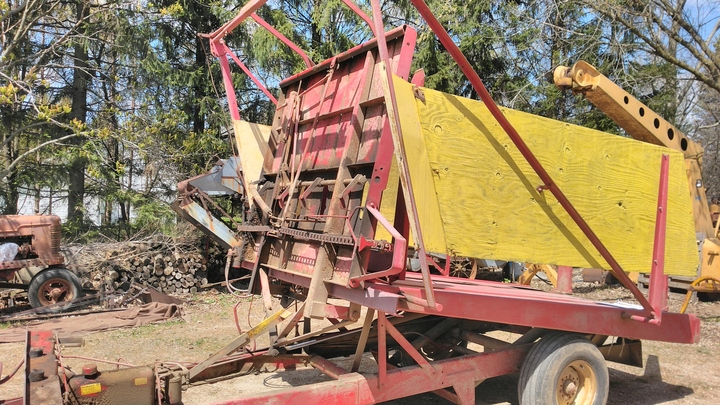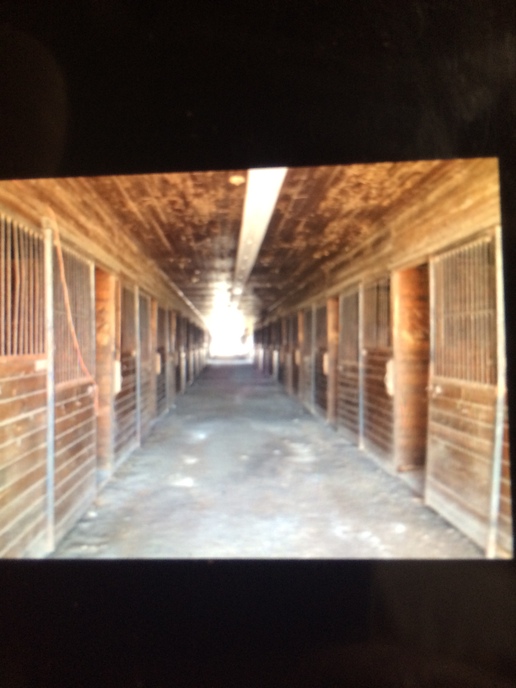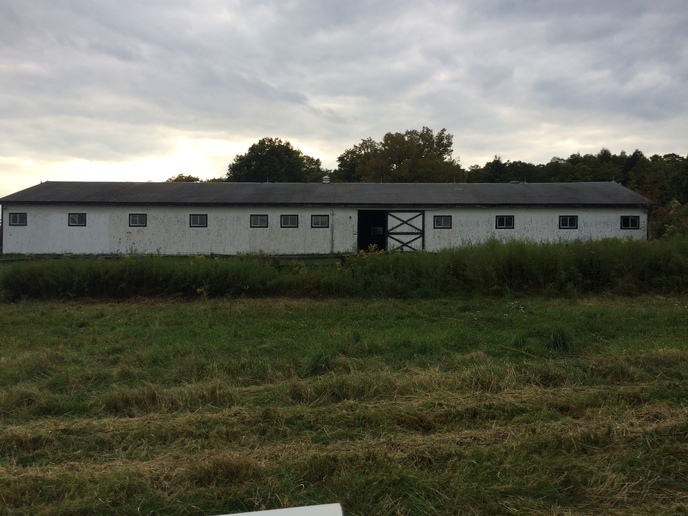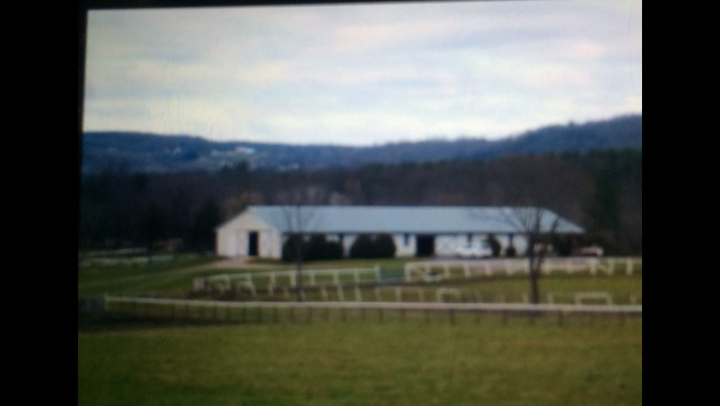DavidP, South Wales
Well-known Member
Hi everyone, I watched a very interesting Youtube video recently showing two NH 'Stack Cruisers' I think they were, following two JD small balers. Apparently there were some 4000 bales of straw in the field or prairie more-like by our standards. To me, it begs the question to be working on that sort of scale wouldn't big rounds or big squares be a far more economical way to shift them to the storage area? Whilst the small bale blocks can be delivered conveniently it surely must take longer with an outlay of around I believe $220,000 per machine. Is there a big demand in the prairie States for small bales? In the UK there have been many methods tried for collecting small bales. The most common is the 'Flat 8' sledge towed behind the baler with a 'Flat 8' grab on the front-end loader. Others have included an elevator that is towed beside an enclosed trailer going back to the bale sledge which was manually dumped when it became full. For some reason the 'bale-thrower' attached to the baler never caught on over here. It's not possible to say that one method is really better than another because it is down to whatever suits each farmer, quantity to shift, horsepower available and age and size of the buildings.
What in your opinions makes the most efficient small bale handling system from small scale to large scale? Thanks.
DavidP, South Wales
What in your opinions makes the most efficient small bale handling system from small scale to large scale? Thanks.
DavidP, South Wales





